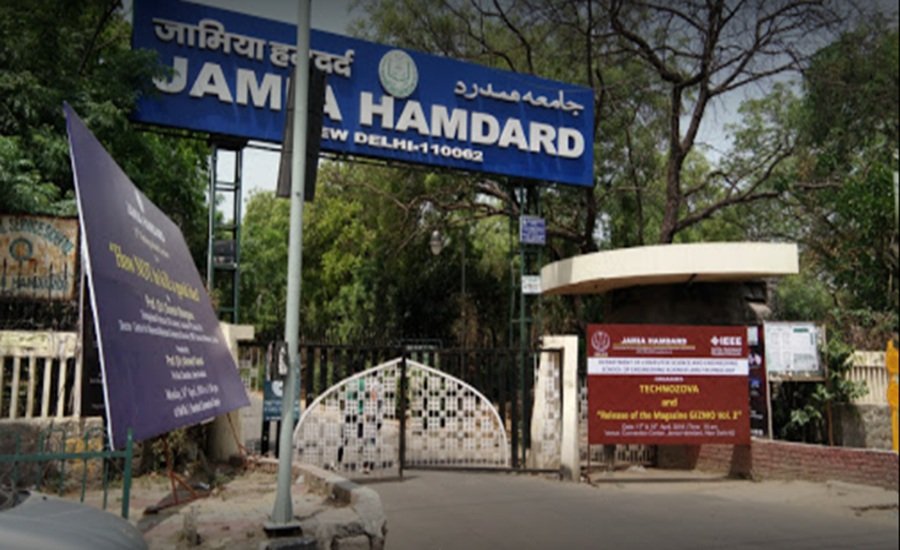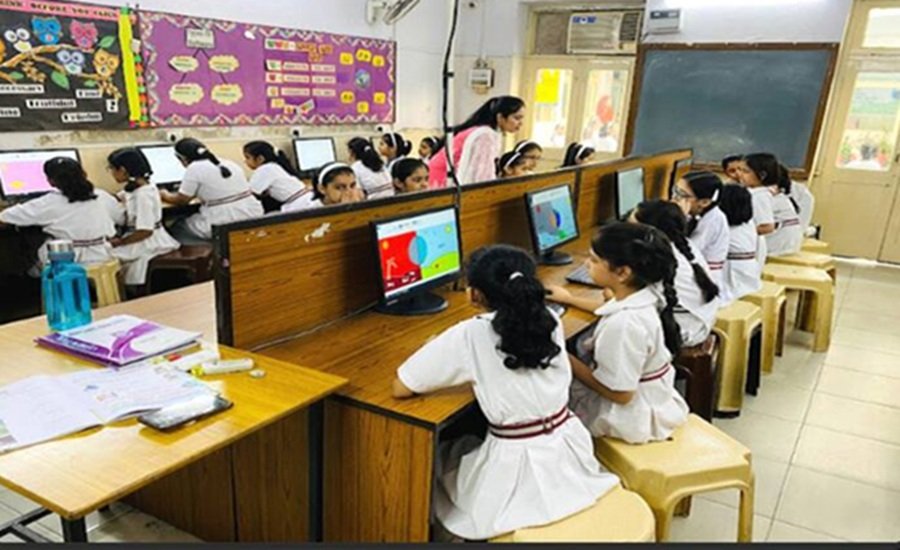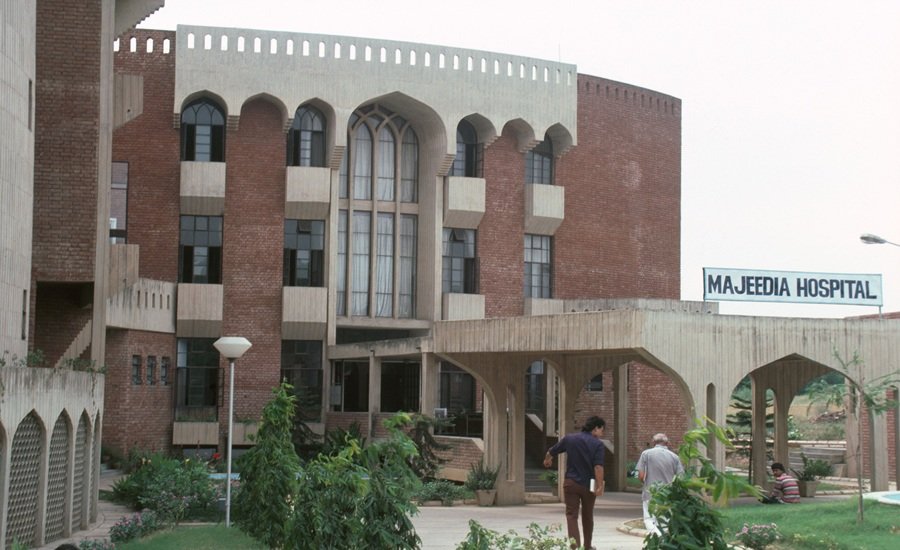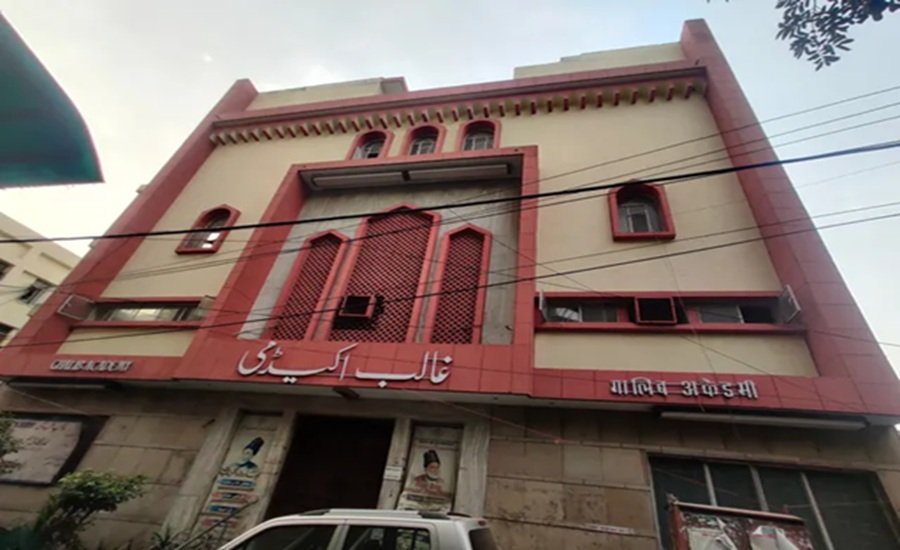On his death anniversary, the legacy of Hakeem Abdul Hameed — the visionary founder of Hamdard — is remembered for his extraordinary contributions to healthcare, education and the upliftment of Indian Muslims, donating most of his company’s profits for public welfare.
NEW DELHI — Hakeem Abdul Hameed, the founder of India’s renowned Unani medicine brand Hamdard, was not just a physician—he was a visionary who believed in healing both the body and the soul.His death anniversary was observed on Tuesday, July22, with great respect across India, particularly among Indian Muslims who regard him as a beacon of service, sincerity, and sacrifice.
Born in 1908 in Delhi, Hakeem Abdul Hameed was a man of simple means and big dreams. He firmly believed that healthcare should not be a privilege but a basic right. He was not only a respected physician but also a thinker, reformer, and a lifelong educationist. His biggest contribution perhaps was not a single medicine but a system—an entire ecosystem built around affordable healthcare and accessible education.
Before passing away in 1999, he had left behind a clear will: 85% of Hamdard’s profits should go towards charitable causes. That single act continues to change thousands of lives every year.
Today, Hamdard Laboratories is known for products like Rooh Afza, Cinkara, Joshina, Safi, Roghan Badam Shirin, and many other herbal remedies. Its most famous product Cinkara, a multivitamin syrup, was once advertised on national television during the 1990s with the line: “Yeh bechara hai kaam ke bojh ka maara, inhein chahiye Hamdard ka Cinkara.”
Behind these household products lies a philosophy of compassion. Hakeem Abdul Hameed’s grandson, Hamid Ahmed, who now heads Hamdard Laboratories India (Food Division), told the media:
“We follow our grandfather’s trust deed strictly. Since 1948, Hamdard has been a charitable trust. We donate 85% of our earnings for welfare projects. Our aim is not only to earn profit, but also to use that profit in meaningful ways.”

Jamia Hamdard University in New Delhi is a renowned institute of higher education .
He added, “We have built universities, schools, hospitals, and skills centres. This is the reason why Hamdard continues to remain relevant even after so many years.”
In 2024 alone, Hamdard sold Rooh Afza worth ₹500 crores. The company’s total turnover exceeds ₹2,000 crores annually. Despite such commercial success, the company remains loyal to its roots of service. While many corporations speak of Corporate Social Responsibility (CSR), Hamdard lives it—quietly and consistently.
More than 600 herbal and Unani-based products are sold across India through a network of over five lakh outlets. But the revenue is not spent on expanding luxurious offices or advertising blitzes. Instead, the money goes into schools, colleges, hospitals and research centres—mostly aimed at helping underprivileged communities, especially Muslims, access quality services.
Below are just some of the more than two dozen educational and welfare institutions that Hamdard has set up or supported through its charity model:
Jamia Hamdard University (1989) – now one of the top universities in India for Unani medicine and pharmaceutical sciences.
Majeedia Hospital (1982) – a charitable hospital that serves people at very low cost.
Rufaidah Nursing School (1984) – training Muslim girls in nursing.
Hamdard Public School (1993) – providing modern education with moral values.
Ghalib Academy (1969) – preserving the literary and cultural heritage of Muslims in India.
Rabia Girls School (1973) – encouraging Muslim girls’ education when it was still rare.
Altogether, more than 25 institutions including colleges, clinics, and research centres have been sustained and supported by Hamdard’s earnings.
The names of many of these institutions—Saifiya Hamidia Tibbi College, Hamdard Research Clinics, Tibbi Colleges, Hamdard Study Circle, and more—testify to a legacy of building a better future, especially for the Muslim minority in India who have often been denied equal opportunities.

Computer learning class in RAbea School in Delhi
To understand the spirit of this legacy, one has to know the man behind it. Hakeem Abdul Hameed’s early education began at Madrasa Rahmania and then Anglo-Arabic School, where he studied Persian and English. In 1925, he enrolled at the famous Tibbiya College in Delhi and graduated in 1930.
Soon after, he began treating patients in Old Delhi and quickly became known for his skill and sincerity. But his ambitions were bigger than just running a clinic. In 1906, he had already established a clinic named Hamdard, which means “someone who shares your pain.” The following year, he created Rooh Afza—a drink intended to cool the body during harsh Delhi summers. That single herbal tonic became a cultural phenomenon.
Hakeem Sahib was not just a doctor. He was a Chancellor of Aligarh Muslim University, a member of Iran’s Academy of Medical Sciences, and served under more than six Presidents and Prime Ministers in India. He was awarded Padma Shri in 1965 and Padma Bhushan in 1992 for his service to education, medicine, and society.
“He lived like a simple man and died like a hero,” said Professor Zameeruddin Shah, former Vice-Chancellor of Aligarh Muslim University. “He gave Indian Muslims not only medicine, but also dignity, education and opportunity.”
While many Indian industrialists built family empires, Hakeem Abdul Hameed built institutions. He could have chosen to become one of the richest men in India. Instead, he chose to become one of the most remembered.
“Today when medicine is seen as a money-making industry, Hakeem Sahib’s life reminds us that healing is also an act of worship,” said Dr. Mohd Arshad, a senior Unani physician in Delhi. “He is an example for every doctor.”

Majeedia Hospital in Taghlaqabad, New Delhi.
Many Muslim families across Delhi, Uttar Pradesh, and Madhya Pradesh continue to send their children to schools and colleges funded by Hamdard without knowing that behind their free books and low-cost treatments stands the silent vision of a man who gave away most of what he earned.
Despite such enormous contributions, Hakeem Abdul Hameed’s name is barely mentioned in mainstream Indian media. His work, his values, and his service are often left out of school textbooks and national narratives.
“Had a Hindu industrialist donated 85% of his wealth to education, media houses would make documentaries and TV serials about him,” said senior journalist Asad Warsi. “But since Hakeem Sahib was a devout Muslim, his legacy is ignored.”
The failure to recognise Muslim heroes like Hakeem Abdul Hameed is not just unfair; it is dangerous. In a country where the Muslim community is often vilified, figures like Hakeem Sahib offer an alternative story—one of hard work, honesty, and humanity.

Ghalib Academy in Nizamuddin, New Delhi
“He was a true patriot and a true believer,” said Hamid Ahmed. “His Islam taught him to serve people. His India gave him the freedom to do that. And he did it with grace.”
As India continues to struggle with health inequalities, expensive education, and growing religious divides, the life of Hakeem Abdul Hameed offers a powerful lesson: faith and nation-building can go hand in hand.
In a world full of noise, his silence still speaks. In a time of greed, his charity still cures. In a land of division, his institutions still unite.
Hakeem Sahib is gone, but his ‘Hamdard’—his sympathy and sacrifice—lives on.

